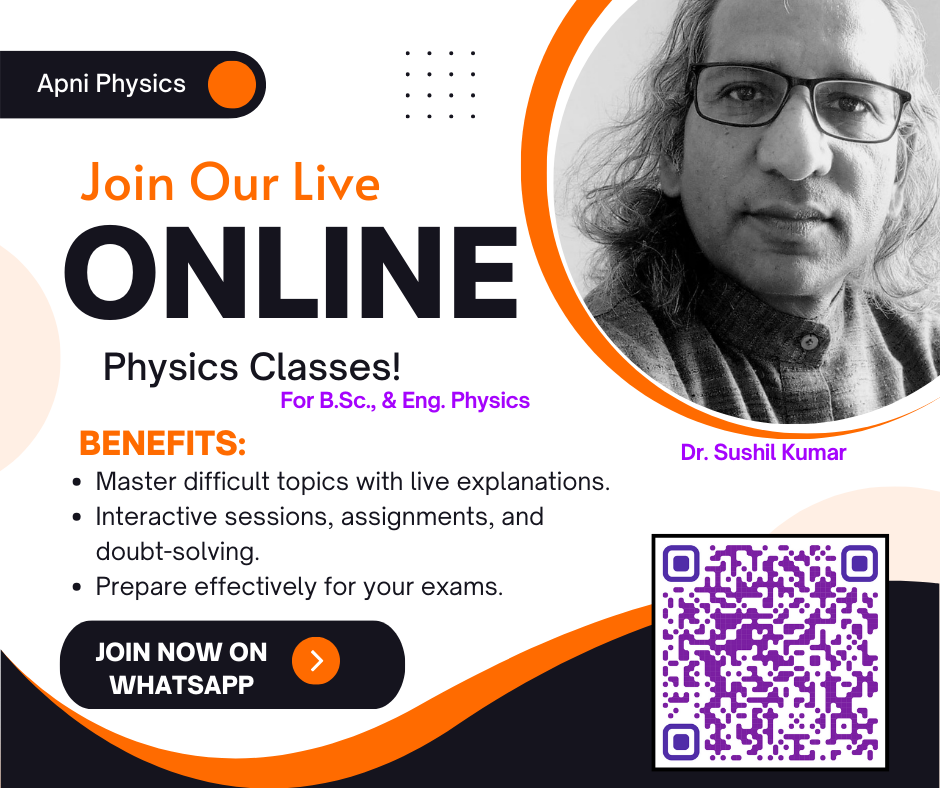Last updated on Tuesday, October 3rd, 2023
The Michelson Interferometer works on the interference principle. A beam splitter that is a semi-silvered glass plate used for this purpose. It works on the interference principle. “What is the principle of the Michelson Interferometer?”
Michelson Interferometer Experiment Viva Questions
Determination of He-Ne Laser wavelength by using the M I Experiment
The two interfering waves construct the interference pattern. The circular pattern of fringes depends upon the uniform thickness between the two mirrors.
1Q. Define what is Interference?
Interference is a phenomenon that occurs when two or more waves meet and combine, resulting in a new wave pattern. Depending on the phase relationship between the waves, interference can produce either constructive or destructive interference.
2Q. What is the condition for Interference?
For interference to occur, two or more waves must meet and overlap in space and time. The waves must have the same frequency and they must be coherent. Their phase difference must remain constant over time.
3Q. Explain the LASER properties and what do you mean by a Coherent Source?
The key properties of laser light include:
Coherence: light waves are all in phase with each other, and their phase difference remains constant over time.
Monochromaticity:
Laser light is highly monochromatic, it consists of only a single color or frequency.
Directionality: It is highly directional, meaning that it can be focused into a very narrow beam that travels over long distances with minimal spreading.
High intensity: Laser light is highly intense, it carries a large amount of energy per unit area.
A coherent source refers to a source of light that is highly coherent, the light waves are all in phase with each other and maintain their phase relationship over time.
4Q. Why you are using the LASER source, why not bulb or sunlight, tube light?
It is monochromatic, coherent and highly directional.
5Q. What is the role of a semi-silvered glass plate and why one keep it at 45 degrees?
The semi-silvered glass plate is usually oriented at a 45-degree angle relative to the incident beam. This orientation allows the incident beam to be split into two beams that travel along paths that are perpendicular to each other.
6Q. How do you think that a semi-silvered glass plate will look like?
A semi-silvered glass plate typically looks like a rectangular piece of glass with a partially reflective coating applied to one of its surfaces. The coating is usually a thin layer of metal. The thickness and composition of the coating determine the reflectivity and transmittance properties of the semi-silvered glass plate.
7Q. Why do you keep compensating plate in the path of the light ray, is it transparent or semi-silvered plate?
To make the the path of both light rays equal, so a constant phase difference.
8Q. Is compensating plate of the same thickness as of semi -silvered glass plate or it is different?
Same thickness
9Q. What is the relation between path difference and phase difference?
The relation between path difference and phase difference is given by:
Phase difference = (2π / λ) x path difference
where λ is the wavelength of the light used in the experiment.
10Q. Which one is fixed mirror M1 or M2 in the Michelson Interferometer experiment?
In a Michelson interferometer experiment, the mirror M1 is typically fixed, while the mirror M2 is mounted on a movable platform that can be adjusted to change the path length of the sample beam.
11Q. M1 and M2 mirror are at 90 degrees or more?
The mirrors M1 and M2 in a Michelson interferometer experiment are typically placed at an angle of 90 degrees with respect to each other.
12Q. Where image forms using the M2 mirror by a semi-silvered glass plate?
In a Michelson interferometer experiment, the image of the mirror M2 formed by the semi-silvered glass plate depends on the angle of incidence of the incident beam on the plate.
13Q. Where thin film of air forms and how?
In a Michelson interferometer experiment, a thin film of air can form between the semi-silvered glass plate and the mirror M2 when the mirror is moved to change the path length of the sample beam.
14Q. How one can change the thickness of thin air film?
When the mirror M2 is moved away from the semi-silvered glass plate, the distance between the plate and the mirror increases. It creates a thin film of air between them. This thin film of air acts as a layer of low refractive index material, which causes a phase shift in the reflected beam that interferes with the original beam. By changing the mirror M2 position.
15Q. How the two light rays satisfy interference condition at eyepiece?
The two light rays, one from the reference arm and the other from the sample arm, travel different paths before they are recombined at the semi-silvered glass plate. The path difference between these two rays can be adjusted by changing the position of the mirror M2.
Constructive-Destructive interference
When the path difference is an integer multiple of the wavelength, the two rays interfere constructively and produce a bright fringe at the eyepiece.
If it is a half-integer multiple of the wavelength, the two rays interfere destructively and produce a dark fringe at the eyepiece.
Attempt the quiz to LEARN MORE
QUIZ for PRACTICE:
These are the questions:
DO you have any more questions?
What is the working principle of Michelson interferometer?
Which mirror is used in Michelson interferometer?
What is the pattern of Michelson interferometer?
Why is Michelson interferometer laser used?
What is the equation for Michelson?
What is the function of interferometer?
What are the 2 types of interference?
What are fringes in interferometer?
What is the wavelength of Michelson interferometer?
What are the types of fringes in Michelson interferometer?
What are the parts of Michelson interferometer?
What are the advantages of Michelson interferometer?

